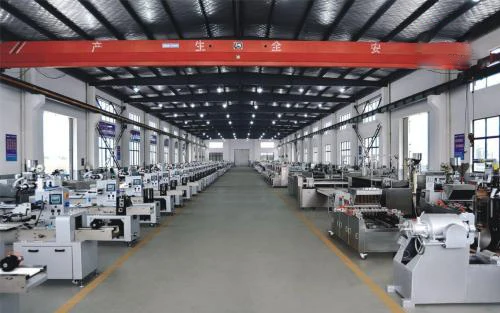tilapia floating fish feed
Sep . 10, 2024 18:32 Back to list
tilapia floating fish feed
The Benefits of Floating Fish Feed for Tilapia Farming
Tilapia farming has gained immense popularity over the years due to the fish's adaptability, rapid growth, and high market demand. One critical aspect of successful tilapia farming is the choice of feed. Among various feed options available, floating fish feed has emerged as a preferred choice for many aquaculture practitioners. This article explores the benefits of floating fish feed specifically designed for tilapia.
Improved Feed Efficiency
One of the standout advantages of floating fish feed is its high feed conversion ratio. Tilapia are known to be surface feeders, and floating feed allows them to easily access their food. When fish feed floats, it encourages tilapia to feed actively at the water's surface, leading to better feed intake and reducing feed wastage. This efficient feeding behavior translates into lower feed costs and better growth performance for the fish.
Enhanced Nutritional Value
Floating fish feed is often formulated with a balanced nutritional profile that includes essential vitamins, minerals, proteins, and fatty acids that are crucial for tilapia growth and health. Producers can tailor the nutritional content to meet the specific needs of tilapia at various growth stages. High-quality floating feeds are designed to support optimal growth rates, promote good health, and enhance the overall quality of the fish. This is especially important in a market where consumers demand healthy and responsibly farmed seafood.
Reduced Water Pollution
tilapia floating fish feed

Using floating fish feed can lead to reduced water pollution in tilapia farming systems. Since the feed is designed to float, it minimizes the sinking of uneaten particles to the bottom of the pond or tank. This not only helps maintain water quality but also reduces the risk of harmful algal blooms that can arise from excess nutrients. By decreasing the accumulation of feed debris, fish farmers can create a more sustainable environment for their tilapia, ultimately benefiting the ecosystem.
Observational Feeding
Another advantage of using floating fish feed is the ability to observe fish feeding behavior. Farmers can easily monitor the feeding activity of tilapia when using floating feed, allowing for better management of feeding practices. By observing how much the fish are eating, farmers can adjust feeding rates and schedules, ensuring that the fish receive optimal nutrition while minimizing waste.
Cost-Effectiveness
While the initial cost of floating fish feed may be higher than sinking feed, the long-term benefits often justify the expense. The reduced feed wastage, improved growth rates, and healthier fish can lead to higher profits for tilapia farmers. Additionally, high-quality floating feeds can improve the overall efficiency of fish farming operations, making them a cost-effective option in the long run.
Conclusion
In conclusion, floating fish feed represents a significant advancement in tilapia farming. Its benefits—ranging from improved feed efficiency and enhanced nutritional value to reduced water pollution and better observational feeding—make it an optimal choice for aquaculture practitioners. As the tilapia farming industry continues to grow, the adoption of floating fish feed can contribute to more sustainable and productive farming practices. By choosing the right feed, farmers not only improve their fish yields but also play a vital role in promoting responsible aquaculture.
-
Automatic Drinking Line: AI Enhanced for Peak Efficiency
NewsAug.04,2025
-
Automatic Feeding Line System - Pan Feeder Nipple Drinker|Broiler Farming Poultry Equipment
NewsAug.03,2025
-
Automatic Feeding Line System-Anping County Yize Metal Products Co., Ltd.|Chicken Farming Automation&Durable PP Construction
NewsAug.03,2025
-
Automatic Feeding Line System - Anping County Yize Metal Products Co., Ltd.|Durable PP Material&Easy Maintenance
NewsAug.03,2025
-
Top Quality Pig Farrowing Pens for Enhanced Productivity
NewsAug.03,2025
-
Automatic Feeding Line System - Anping County Yize Metal Products Co., Ltd.
NewsAug.02,2025






